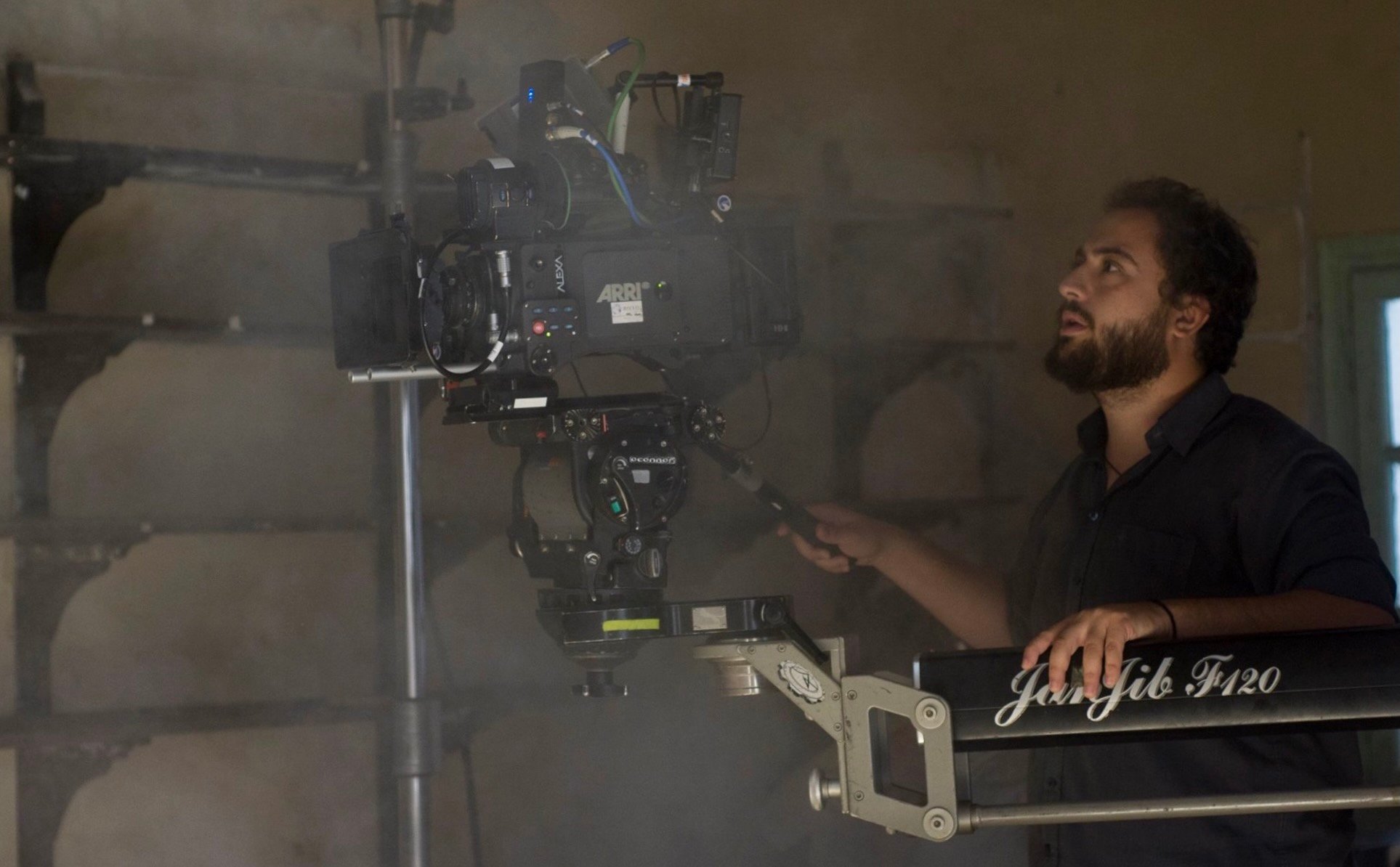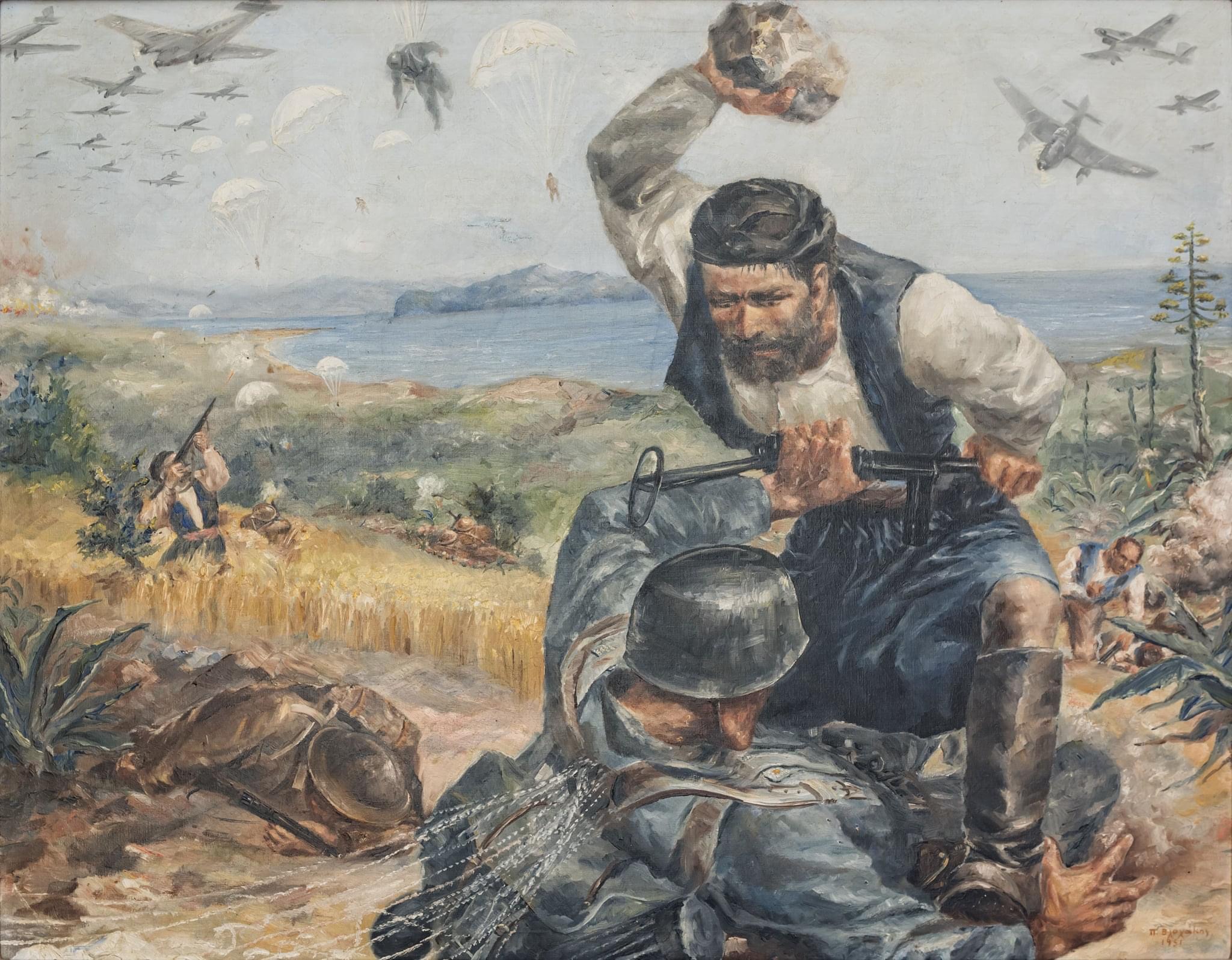
Greek filmmaker Petros Antoniadis is quickly making his way up the ladder in the entertainment industry. Antoniadis is slated to be involved in Amazon Prime Video’s latest original project, the details of which are still unreleased.
The subscription streaming service provided by e-commerce behemoth Amazon has produced hugely popular original series in the last eight years including Fleabag, The Marvelous Mrs. Maisel, and Mozart in the Jungle.
Antoniadis is a cinematographer, a role in film production that requires the handling of both the technical and aesthetic aspects of shooting movie scenes. They plan the composition of a shot, and its colors and lighting, as well as the specific film and lenses used to capture the shot.
“The role of the cinematographer has always been to collaborate with the director in order to turn his vision into the visual storytelling of each project. All these artistic and technical choices from camera work to lighting and color that help transfer the white pages of a script into the compelling frames of the film,” says Antoniadis.

Antoniadis has garnered attention and acclaim for his cinematography on the Iakovos Panagopoulos-directed film Flickering Souls Set Alight. He received the Golden Eagle Best Film of the Year at the Asian Cinematography Awards, and Best Cinematography nods at the Canadian Cinematography Awards, Los Angeles Film Awards, and the New York Cinematography Awards for his work on the film.
The film is a harrowing look at a man living with ALS. It won the Audience Award for Short Film after it screened at the 2019 Los Angeles Greek Film Festival (LAGFF). Director Panagopoulos described to Greek Reporter how Antoniadis used the complex technical aspects of cinematography to produce a striking window into the movie:
“What Petros did is, instead of shooting a 16:9 frame (or even a 4:3) and cropping it left and right, losing a tremendous amount of information in the process, he thought of the anamorphic format in a different way.
“By turning the anamorphic lens 90 degrees sideways (to the sensor) he could compress much more information vertically (adding instead of losing pixels) and capture a much greater frame (it almost looks like a 6×6 photography format). This is actually a pretty revolutionary technique on an international level. It hasn’t really been done before in the narrative world,” Panagopoulos explained.
Petros Antoniadis’ journey to cinematography
Born in Chania, Crete, on August 12, 1992, Antoniadis always had an inclination toward drawing and painting in his chilhood, which was perhaps inherited from his grandfather Petros Vlahakis, a painter and one of the first photographers on the island.
“I grew up in a very supportive and artistic family that helped me experience art in different forms from a very young age, a ‘taste’ of what was out there. From family gatherings where we would all gather next to the piano, to art, dance and music lessons with my aunt I was always attracted to everything related to art and my family was there embracing it,” says Antoniadis.
“The biggest inspiration of my life, my grandfather Petros, who was a photographer and the painter of the iconic work ‘Battle of Crete.’
“I will never forget the first time we went to the Historical Archive of Crete, where his iconic painting is on display. Upon seeing the painting, the whole world came to a halt. I felt like I was living in the moment that his stories had taken my imagination before but now even more I was actually experiencing the fear, the heroism, the self-denial, the values.
“I hadn’t felt so inspired before, as it was the first time that I was feeling in my skin how a single picture is indeed a thousand words and more: it is feelings.”

Eventually, Antoniadis turned his attention towards photography, and shortly afterward he became fascinated by the moving image. His love for his work was such that he shot his first medium length movie, “The Poor Man Who Became Rich,” at the tender age of 12 with the help of his friends.
The next year, Antoniadis decided to pursue his professional aspirations more seriously. He started taking filmmaking lessons at the Film Workshop of Chania and soon completed his first two short films, “It Happened” (Sinevi) and “The Ideal” (Idaniko).
It was then at the age of 14 that Antoniadis met famed cinematographer Walter Lassally, who happened to be a customer at the pharmacy where his mother worked. Lassally, the man who worked on the legendary “Zorba the Greek”, became Antoniadis’ mentor and teacher up until his death in 2017. Lassally had an illustrious career in moviemaking, during which he also won an Oscar for black and white cinematography.
Antoniadis, reflecting on his time with Lassaly, recalled that “Walter was not “just” a cinematographer. He was, along with my grandfather, yet another human inspiration as well.
“He lived a life in the most romantic and artistic way that one can imagine! Almost like a character of a book, he went through everything and owned it by dissolving every ‘noise,’ breaking down every unnecessary complexity and being left with the beauty of the simplicity.”
Antoniadis went on to study at the Audiovisual Arts School at Ionian University, where he has since returned twice to serve as an instructor.
See all the latest news from Greece and the world at Greekreporter.com. Contact our newsroom to report an update or send your story, photos and videos. Follow GR on Google News and subscribe here to our daily email!



